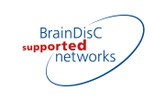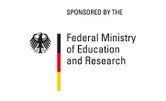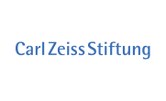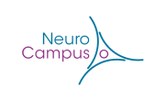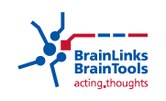Philipp Schnepel, Max Delbrück Center for Molecular Medicine, Berlin | Hyperexcitability in Mouse Models of Autism-Spectrum Disorders
| When |
May 23, 2017
from 05:15 PM to 06:45 PM |
|---|---|
| Where | BCF Lecture Hall, Hansastr. 9a |
| Contact Name | Prof. Dr. Ad Aertsen |
| Add event to calendar |
|
Abstract
Autism Spectrum Disorder (ASD) is a genetically heterogeneous disorder for which the causal mechanism remains unidentified. It is hypothesized that a common pathology exists that is defined by an increased excitation-inhibition (E-I) ratio and hyperexcitability at the neural circuit level. Reports on deficits in interneuron number and of increased E-I ratio collectively suggest circuit excitability in ASD1-7 . To test this model, we are comparing local circuit physiology and sensory processing in primary somatosensory (S1) cortex across multiple ASD model mouse strains. S1 is a reasonable site to investigate ASD circuit dysfunction since 80-90% of ASD patients show sensory abnormalities including tactile hypersensitivity 8 . Here, we report initial results from three ASD strains: contactin associated protein-like 2 (Cntnap2), fragile X mental retardation 1 (Fmr1) and microdeletion on chromosome 16 (16p11.2) mice. Although whole-cell recordings in L2/3 of S1 slices indicate an increase in E-I-ratio, in vivo extracellular recordings show heterogeneous results across the different strains, suggesting that the hyperexcitability hypothesis needs to be revisited as a general mechanism for autism-spectrum disorders.
Literature
- Levy et al., Lancet 374, 1627 (2009).
- Markram and Markram, Front Hum Neurosci 4,224 (2010)
- Peñagarikano et al., Cell 147, 235 (2011).
- Bureau et al., Journal of Neuroscience, 28, 5178 (2008).
- Gogolla, et al. J Neurodev Disord1, 172 (2009).
- Rubenstein and Merzenich, Genes Brain Behav. 2, 255(2003).
- Yizhar et al. Nature 477, 171 (2011).
- Geschwind, Annual Review of Medicine 60, 367 (2009).


